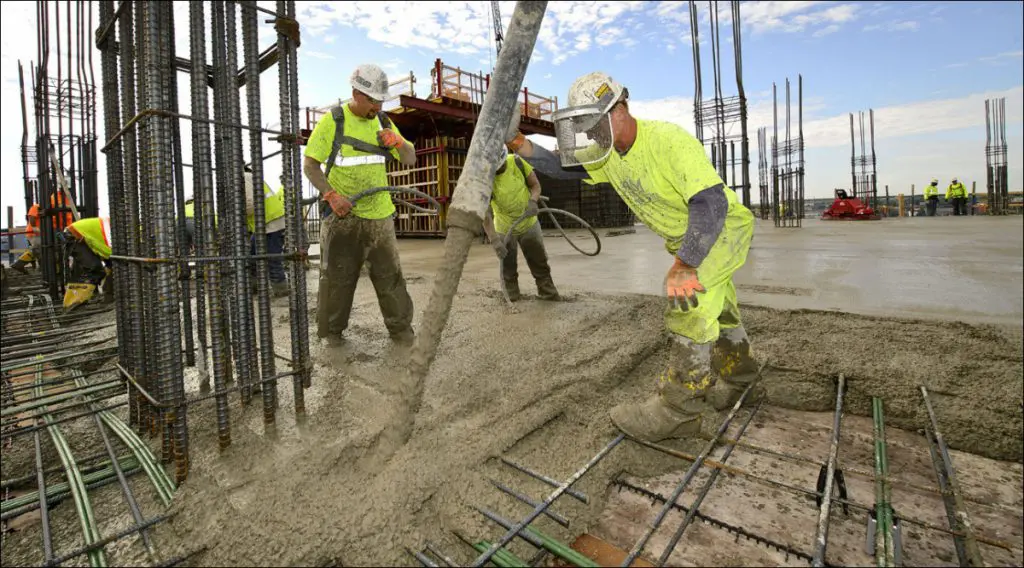Canada – Engineers at the University of British Columbia (UBC) in Canada have developed a more resilient type of concrete by incorporating recycled tyre fibres.
‘Our lab tests showed that fibre-reinforced concrete reduces crack formation by more than 90% compared to regular concrete,’ explains Obinna Onuaguluchi, a postdoctoral fellow in civil engineering at UBC. ‘Concrete structures tend to develop cracks over time, but the polymer fibres are bridging the cracks as they form, helping protect the structure and making it last longer.’
The researchers experimented with different proportions of all the materials used in concrete before hitting upon the optimum mix containing 0.35% tyre fibres.
According to UBC civil engineering professor Nemy Banthia, who supervised the work, approaching 3 million tonnes of fibre is generated annually in scrap tyres.
‘Adding the fibre to concrete could shrink the tyre industry’s carbon footprint and also reduce the construction industry’s emissions, since cement is a major source of greenhouse gases,’ he notes.
The new concrete was used to resurface the steps in front of the McMillan building on UBC’s campus in May this year. Banthia’s team is tracking its performance using sensors embedded in the concrete, looking at development of strain, cracking and other factors.
To date, the results support laboratory testing showing that this approach can significantly reduce cracking.
Don't hesitate to contact us to share your input and ideas. Subscribe to the magazine or (free) newsletter.



